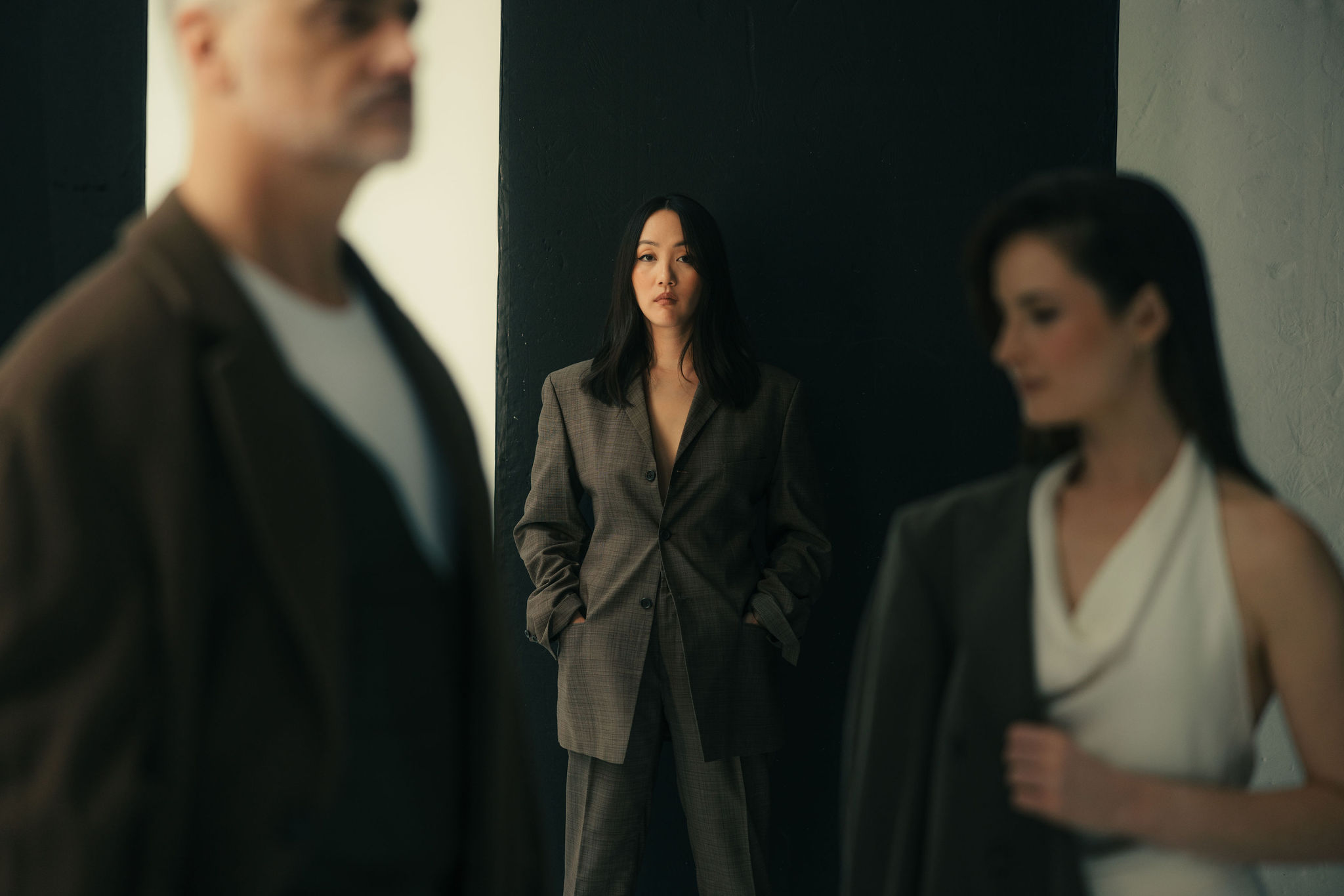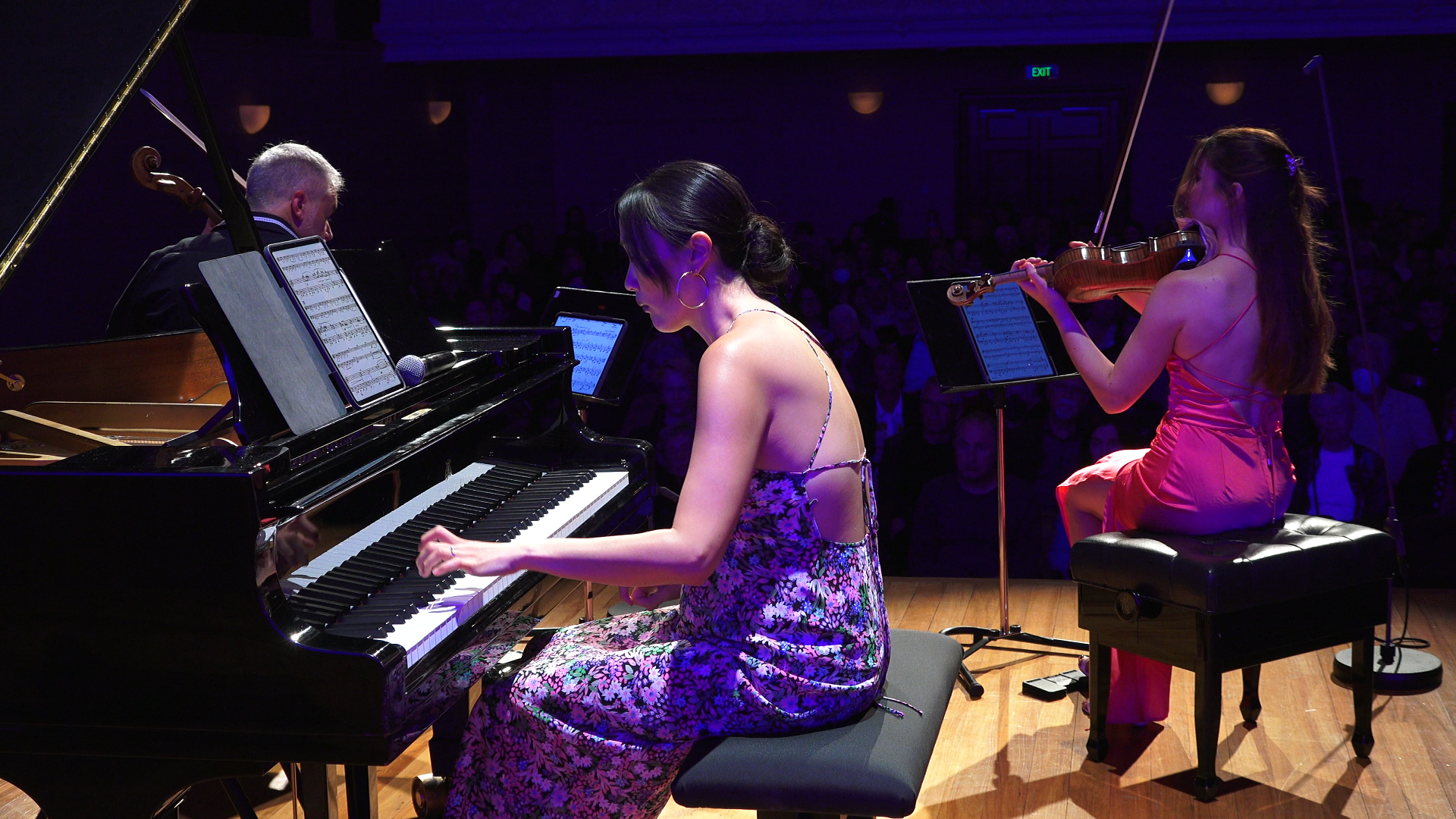NZTrio Art3: Nathan Homestead
05mar5:00 pm6:00 pmNZTrio Art3: Nathan HomesteadManurewa, Auckland
Event Details
Performing for the first time at the beautiful Nathan Homestead in Manurewa, NZTrio bring an eclectic 60 minute programme that explores syncopated rhythms, swirling melodies, and sparkling elegance from an international array of master
Event Details
Performing for the first time at the beautiful Nathan Homestead in Manurewa, NZTrio bring an eclectic 60 minute programme that explores syncopated rhythms, swirling melodies, and sparkling elegance from an international array of master composers, including New Zealand’s own bright young spark – Claire Cowan.
Ludwig van Beethoven (GER): Piano Trio in E-flat Major, op. 70, no. 2 – Finale: Allegro
Claire Cowan (NZ): ultraviolet
Franz Schubert (AUSTRIA): Piano Trio No 1 in B-flat, op. 99 – Scherzo: Allegro
Frank Bridge (UK): Phantasie in c minor
Astor Piazzolla (ARG): Primavera Portena
Booking Info:
Tickets: $25 Adult and $15 Student. Book by Eventfinda in advance to avoid disappointment.
Time
March 5, 2017 5:00 pm - 6:00 pm(GMT+00:00)
Location
Nathan Homestead
Organizer
Programme Notes
Ludwig van Beethoven (GER; 1770 – 1827): Piano Trio in E flat Opus 70 No 2
Finale. Allegro
In the autumn of 1808 Beethoven was living in Vienna, in the apartments of Countess Anna Marie von Erdödy, a talented pianist whose salon was a leading performance venue for chamber music. It is not known whether there was a romantic relationship between them, but the Countess provided Beethoven with considerable support by assisting with his financial arrangements and organising concerts for him. He wrote the two Piano Trios Opus 70 at this time, and dedicated them to the Countess. The first performance was given by Beethoven,with Ignaz Schuppanzigh on violin and Joseph Linke on cello, and took place in the Countess’s house in December 1808. Typically for Beethoven, he fell out with the Countess and removed her name from the scores before the works were published the following year, but restored the dedication when they patched up their quarrel.
Beethoven had studied with Haydn during his first year in Vienna, and despite some difficulties in the relationship, had a great respect for the older man’s compositional skills. Haydn was still alive when the Opus 70 Trios were written, and his ‘Drum Roll’ Symphony (No 103) seems to have been used as a model for the Trio No 2 in E flat. In addition to using the same key, Beethoven followed the Symphony’s structure by opening the Trio with a slow introduction. This provides thematic material that is used later in the movement – including the trill motif in the Trio’s first theme, and the transition between the first and second themes, which is a speeded-up version of the opening melody.
Programme note by Chamber Music New Zealand
Claire Cowan (NZ; b. 1983): ultraviolet (CMNZ commission 2015)
Claire Cowan graduated from Auckland University in 2006 with honours, was composer in residence with the NZSO National Youth Orchestra that year, and won the NZSO-Todd Young Composer Award the following year. She has been composer in residence with Orchestra Wellington, Director of Blackbird Ensemble, which presents music-based physical theatre, and has performed in Strike Percussion Ensemble. She has written music for theatre, television and film as well as orchestra and chamber ensembles. In 2008 she lived in New York, where she worked with the underground puppet movement, eventually writing the score for an award-winning puppet movie Moonfishing. Her 2013 commission titled Subtle Dances has been one of NZTrio’s most performed works across New Zealand, Europe, and Australasia.
Cowan writes: “I learned that the mantis shrimp (which is the most lusciously hued crustaecean in the world) can see more colours than any creature on earth. Ultra Violet vision (at one far end of the colour spectrum) is only known to a few humans on Earth. But many birds and insects possess this quality. It is innate to their survival and navigation systems. This piece explores my continued fascination with the seemingly simple yet endlessly complex, through the growth and development of a single musical statement. What does it need to survive? How must it adapt to move forward? How will it change colour and mood with the simple addition of a non-related pitch? I think of myself as a bird, navigating through a musical landscape guided by intuition, and on a journey to create and discover colours beyond the edges of our visible spectrum.”
Franz Schubert (AUSTRIA; 1797 – 1828): Trio No. 1 in B flat, Op. 99
Scherzo – Allegro
“I should be delighted to let you have some works, if you are inclined to agree to the reasonable fee of 60 florins . . . I need hardly assure you that I shall not send you anything which I do not regard as good work, at least in the opinion of its composer and some select circles . . .” Schubert, in a letter to the publisher Probst, 1827
In 1827 Schubert was searching for publishers of his works. Although he was well known for his songs in his home city of Vienna, it was difficult at this time to get instrumental works published unless the composer had a reputation abroad. Simple works for amateurs were popular among publishers, but they shied away from publishing more substantial pieces such as Schubert’s chamber music. For example, Probst, who was the German agent for the Viennese publisher Artaria, was initially positive in his dealings with Schubert. Eventually he agreed to publish the Trio in E flat, written shortly after the Trio in B flat. Months passed, and no publication eventuated. Schubert wrote letters, begging to find out when the Trio was to appear, and offering other works for publication, including the sublime String Quintet. Probst’s last letter to Schubert arrived three weeks before the composer’s death, saying the Trio was finally ready. It arrived some days after Schubert’s death at the age of 31.
There is no surviving manuscript for the Trio in B flat, but evidence points to it being composed around September and October of 1827. Schubert refers to the public performance of a “new trio” on 26 December 1827, given by three leading Viennese performers (Shuppanzigh, Linke and Bocklet) and it is most likely to have been the Trio in B flat.
Given Schubert’s ill health and career struggles we might expect dark and brooding music in this Trio, similar to Winterreise, the famous song cycle he was working on at the same time. However, this is not the case. The Trio in B flat is for the most part a happy, exuberant work, full of life and energy. The composer is able to express a love of the good life through his music, and forget his troubles.
Programme note by Chamber Music New Zealand
Frank Bridge (ENG; 1879-1941): Fantasy in c minor
In 1905, the British businessman and amateur violinist Walter Willson Cobbett had an epiphany. It was that chamber music ‘is conducive to personal happiness, of interest to the community, and improves people’s lives’. He also decided that the winning formula should be based on the old ‘phantasy’ viol consorts of Purcell and Byrd – nice and short, suite-form – and immediately established a prize for composers, alternating between ensembles. It had strict criteria: 1) not too long (12 minutes max), 2) all parts of equal importance, and 3) no movements please, performed without a break. Composers flocked to enter and over the years they became a roll-call of the great British composers of the century. That first year, for string quartet, William Hurlstone won before tragically dying weeks later: Frank Bridge came second. But the next time around was a piano trio year, 1907, and this time Bridge won.
He was 28. It couldn’t have come at a better time, because unlike many of his contemporaries, Bridge had to work for a living – teaching by day, jobbing violinist and violist by night, selling as much piano music and songs as he could. Later he became the much-adored teacher of Benjamin Britten, and for years he was known as the ‘Ambulance Conductor’ for being the go-to stand-in at the Proms.
The Phantasie for piano trio is a romantic, dramatic, impressionistic jewel of a piece in three broad sections that grabs you right from the first upward-sweeping notes – Bridge was part of the English String Quartet that premiered the daring new Ravel and Fauré quartets in England, so if you think it seems modern for a turn-of-the-century Englishman, you’d be right. After a startling, almost violent first section there’s a more introverted, searching interlude with lovely parts for all instruments (‘parts of equal importance’); the imps take over with a witty exposé in the middle and it all leads to a dazzling, rip-roaring, prize-winning conclusion. At around 16 minutes, it was actually too long for the stipulated 12, but Cobbett liked it so much that henceforth he simply adjusted the rules.
Astor Piazzolla (ARG; 1921–1992): Primavera Porteña
Here are the two sides of Astor Piazzolla: the one, the serious symphonic composer; and the other, the undisputed tango king. Born in the midst of the tango craze that was sweeping through Buenos Aires, he served his apprenticeship in the old tango bands, playing his beloved bandoneón and beginning to develop his own style of tango, Nuevo tango, which dispensed with the rigid old rhythms and structures and would very soon make his name. Piazzolla, more than anyone else, reinvigorated the form. But he also yearned to be taken seriously by the classical establishment. He fell in love with Bach when he was still very young, when the family were in New York, and later studied with Nadia Boulanger in Paris, where he also fell in love with the city, and returned to throughout his life. It was Boulanger, importantly, who set him on the path to his own distinctive voice – melding tango into the classical idiom: she got him to play her one of his tangos on the piano and stopped him after the eighth bar, saying, This is Piazzolla! Don’t ever leave it !
Primavera Porteña – Spring in Buenos Aires – is from his own version of The Four Seasons, inspired by Vivaldi and dating from the heyday of his first most popular band, the Nuevo Tango Quintet. It was 1965, they had just broken onto television as well as radio, and were performing every night at a succession of wildly popular clubs – the Jamaica, Club 676, Gotan, Michelangelo, where people like Ella Fitzgerald and Marlene Dietrich came when they were in town. Stan Getz heard them play at the 676 and was totally transfixed.
Programme note by Charlotte Wilson


